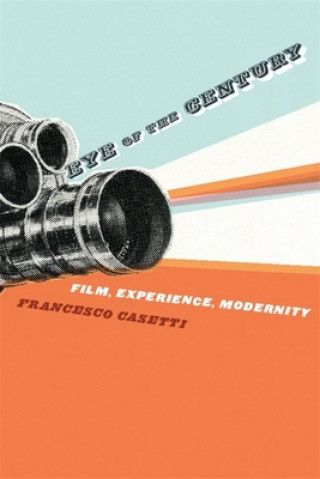
Kód: 04558466
Eye of the Century
Autor Francesco Casetti
Is it true that film in the twentieth century experimented with vision more than any other art form? And what visions did it privilege? In this brilliant book, acclaimed film scholar Francesco Casetti situates the cinematic experi ... celý popis
- Jazyk:
 Angličtina
Angličtina - Väzba: Pevná
- Počet strán: 288
Nakladateľ: Columbia University Press, 2008
- Viac informácií o knihe

155.98 €

Skladom u dodávateľa v malom množstve
Odosielame za 10 - 14 dní
Potrebujete viac kusov?Ak máte záujem o viac kusov, preverte, prosím, najprv dostupnosť titulu na našej zákazníckej podpore.
Pridať medzi želanie
Mohlo by sa vám tiež páčiť
-
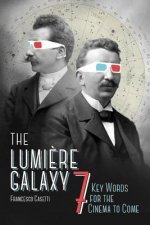
Lumiere Galaxy
118.67 € -5 % -
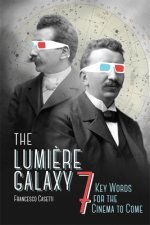
Lumiere Galaxy
47.63 € -
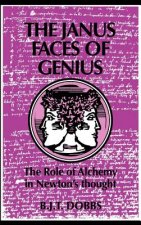
Janus Faces of Genius
166.30 € -
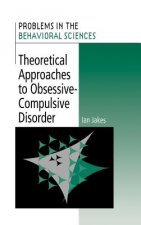
Theoretical Approaches to Obsessive-Compulsive Disorder
168.76 € -
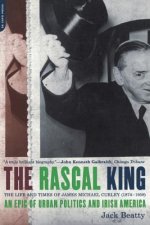
Rascal King
35.97 € -

Infusion!
35.67 € -

Pediatric Musculoskeletal MR Imaging, An Issue of Radiologic Clinics of North America
91.89 €
Darčekový poukaz: Radosť zaručená
- Darujte poukaz v ľubovoľnej hodnote, a my sa postaráme o zvyšok.
- Poukaz sa vzťahuje na všetky produkty v našej ponuke.
- Elektronický poukaz si vytlačíte z e-mailu a môžete ho ihneď darovať.
- Platnosť poukazu je 12 mesiacov od dátumu vystavenia.
Viac informácií o knihe Eye of the Century
Nákupom získate 386 bodov
 Anotácia knihy
Anotácia knihy
Is it true that film in the twentieth century experimented with vision more than any other art form? And what visions did it privilege? In this brilliant book, acclaimed film scholar Francesco Casetti situates the cinematic experience within discourses of twentieth-century modernity. He suggests that film defined a unique gaze, not only because it recorded many of the century's most important events, but also because it determined the manner in which they were received. Casetti begins by examining film's nature as a medium in an age obsessed with immediacy, nearness, and accessibility. He considers the myths and rituals cinema constructed on the screen and in the theater and how they provided new images and behaviors that responded to emerging concerns, ideas, and social orders. Film also succeeded in negotiating the different needs of modernity, comparing and uniting conflicting stimuli, providing answers in a world torn apart by conflict, and satisfying a desire for everydayness, as well as lightness, in people's lives. The ability to communicate, the power to inform, and the capacity to negotiate-these are the three factors that defined film's function and outlook and made the medium a relevant and vital art form of its time. So what kind of gaze did film create? Film cultivated a personal gaze, intimately tied to the emergence of point of view, but also able to restore the immediacy of the real; a complex gaze, in which reality and imagination were combined; a piercing gaze, achieved by machine, and yet deeply anthropomorphic; an excited gaze, rich in perceptive stimuli, but also attentive to the spectator's orientation; and an immersive gaze, which gave the impression of being inside the seen world while also maintaining a sense of distance. Each of these gazes combined two different qualities and balanced them. The result was an ever inventive synthesis that strived to bring about true compromises without ever sacrificing the complexity of contradiction. As Casetti demonstrates, film proposed a vision that, in making opposites permeable, modeled itself on an oxymoronic principle. In this sense, film is the key to reading and understanding the modern experience.
 Parametre knihy
Parametre knihy
Zaradenie knihy Knihy po anglicky The arts Film, TV & radio Films, cinema
155.98 €
- Celý názov: Eye of the Century
- Podnázov: Film, Experience, Modernity
- Autor: Francesco Casetti
- Jazyk:
 Angličtina
Angličtina - Väzba: Pevná
- Počet strán: 288
- EAN: 9780231139946
- ISBN: 0231139942
- ID: 04558466
- Nakladateľ: Columbia University Press
- Hmotnosť: 510 g
- Rozmery: 229 × 152 × 21 mm
- Dátum vydania: 23. April 2008
Obľúbené z iného súdka
-
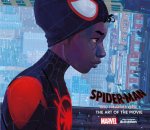
Spiderman Into the Spider-Verse
34.85 € -20 % -
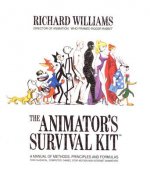
The Animator's Survival Kit
37.71 € -2 % -

Art of How to Train Your Dragon 2
41.29 € -8 % -
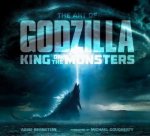
Art of Godzilla: King of the Monsters
30.04 € -21 % -
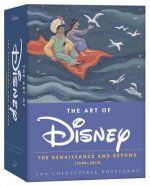
Art of Disney Postcards
19.11 € -13 % -

Art of Horror Movies
40.47 € -1 % -

Alien
38.12 € -23 % -

Columbo
78.80 € -
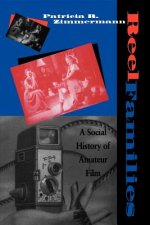
Reel Families
29.33 € -
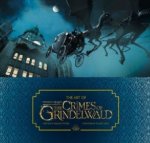
Art of Fantastic Beasts: The Crimes of Grindelwald
42 € -14 % -

Puppet Master Complete
56.62 € -

Sound Effects Bible
24.32 € -19 % -
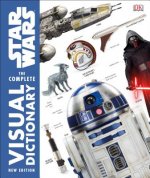
Star Wars The Complete Visual Dictionary New Edition
41.59 € -
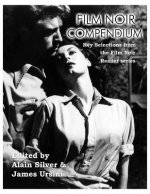
Film Noir Compendium
30.66 € -2 % -

The Art and Soul of Dune
49.36 € -20 % -

Alien: The Blueprints
32.70 € -23 % -

The Art of Princess Mononoke
31.37 € -21 % -

Of Walking In Ice
11.54 € -10 % -

Animator's Survival Kit
43.54 € -23 % -

Art of Mad Max: Fury Road
39.35 € -4 % -

Science of Dune
24.73 € -6 % -
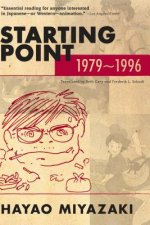
Starting Point: 1979-1996
16.55 € -22 % -

Star Trek: Light-Up Starship Enterprise
12.56 € -9 % -
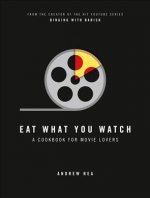
Eat What You Watch
16.35 € -21 % -

Jurassic Park
50.79 € -9 % -
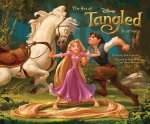
The Art of Tangled
35.26 € -19 % -

Wes Anderson
30.96 € -21 % -

Walt Disney
17.78 € -17 % -
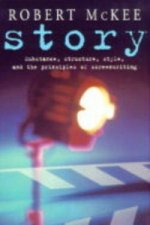
Story
30.25 € -15 % -
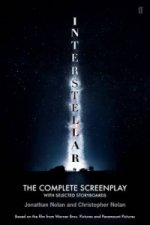
Interstellar
24.22 € -15 % -

Jonesy
11.13 € -23 % -
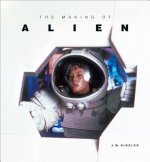
Making of Alien
49.26 € -19 % -

The Celestine Prophecy
11.44 € -21 % -

Sly Moves
21.87 € -19 % -
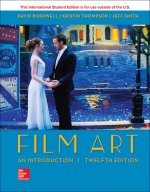
ISE Film Art: An Introduction
74.10 € -6 % -

Star Wars - the Jedi Path
18.70 € -23 % -

Mean Girls: The Burn Book Hardcover Ruled Journal
18.80 € -7 % -
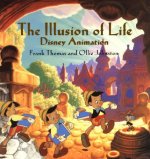
The Illusion of Life : Disney Animation
59.48 € -2 % -

Ghostbusters: Proton Pack and Wand
12.56 € -9 % -
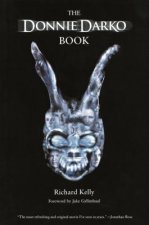
Donnie Darko Book
19.21 € -6 % -

The Star Wars Archives 1977–1983
200.75 € -5 % -

Alien: The Archive - The Ultimate Guide to the Classic Movies
38.12 € -23 % -

Filmmaker's Handbook, The (fifth Edition)
34.44 € -16 % -

Sofia Coppola
20.64 € -2 % -

Making of Aliens
49.98 € -17 % -

Lynch on Lynch
17.78 € -13 % -
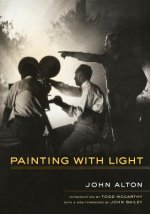
Painting With Light
35.26 € -2 % -

Grammar of the Film Language
34.34 € -

Persona 5
33.21 € -18 %
Osobný odber Bratislava a 2642 dalších
Copyright ©2008-24 najlacnejsie-knihy.sk Všetky práva vyhradenéSúkromieCookies


 21 miliónov titulov
21 miliónov titulov Vrátenie do mesiaca
Vrátenie do mesiaca 02/210 210 99 (8-15.30h)
02/210 210 99 (8-15.30h)